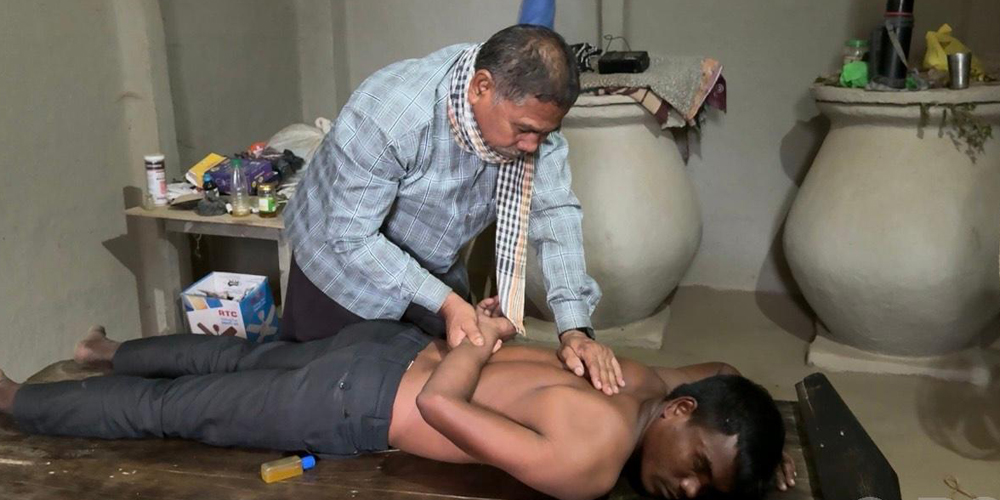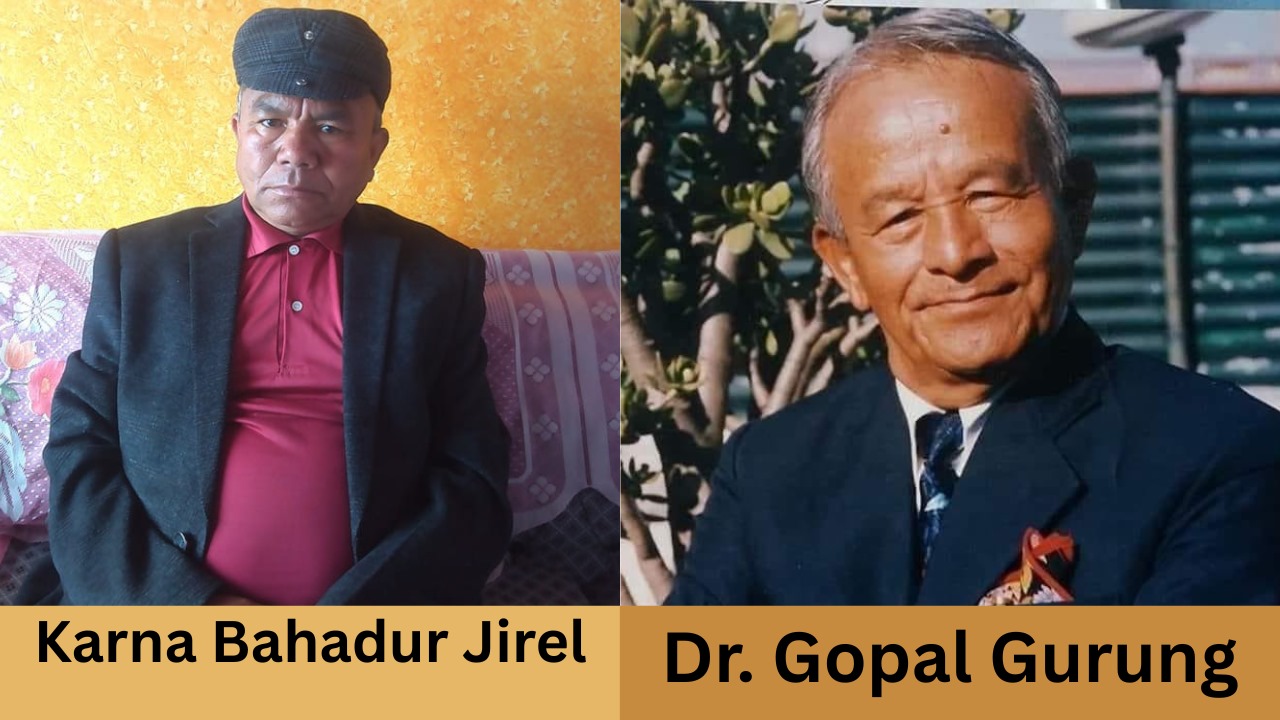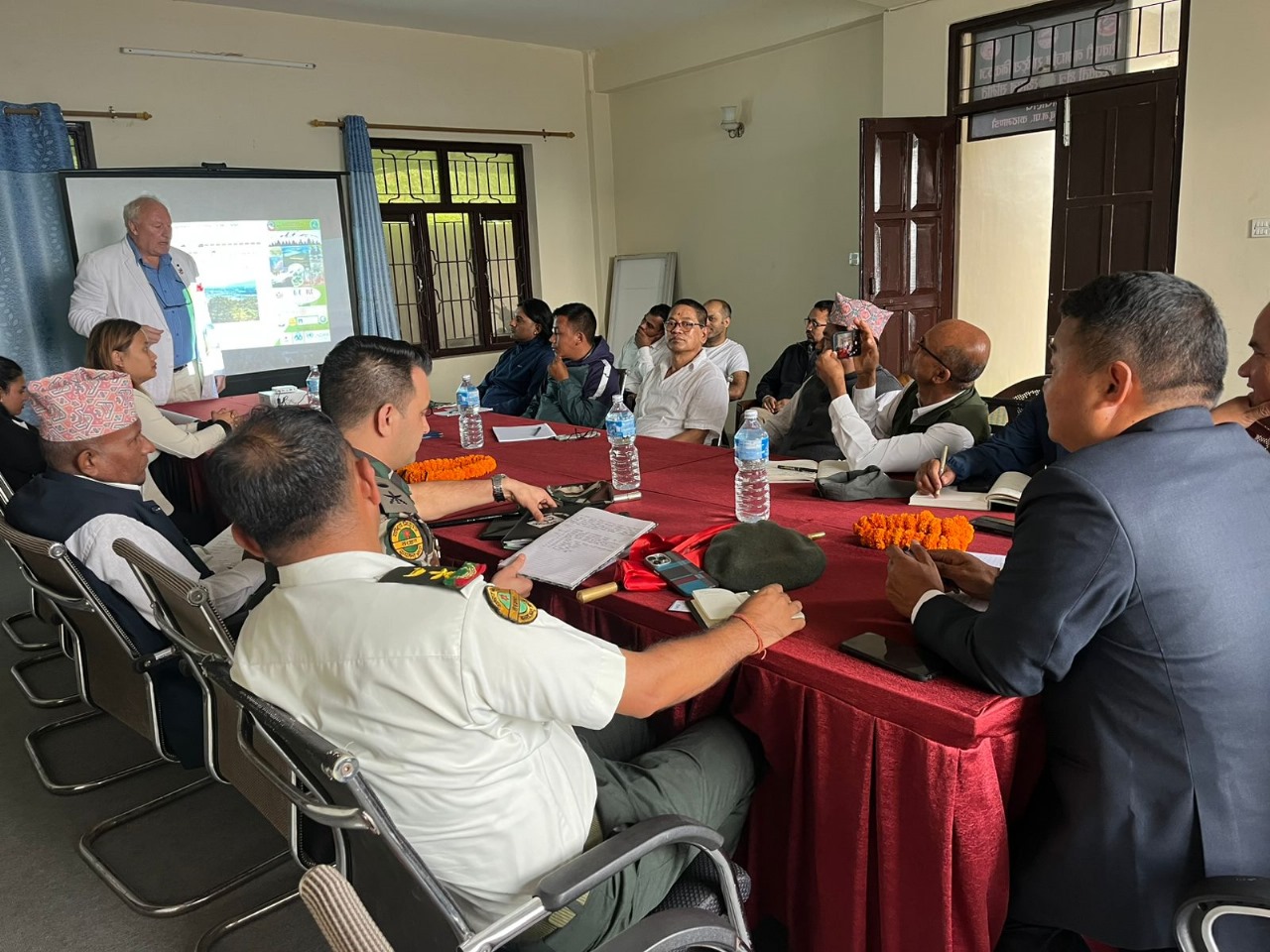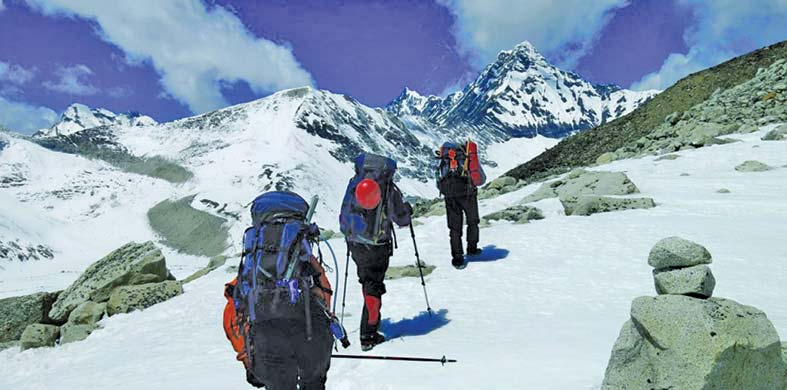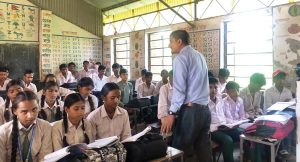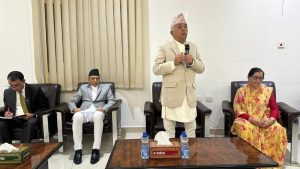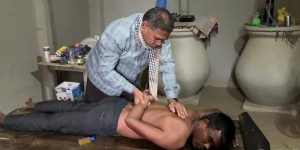Kathmandu, 11 Oct: Umesh Kshetri of Gulmidarbar–2, Juvung, had returned home from Kathmandu during the Dashain holidays. Every year during Dashain and Tihar, when his children also get school breaks, Kshetri uses the opportunity to travel and meet relatives. This year, after a long time, he visited Resunga Garjura and was delighted to see the blacktopped roads and the growing development of tourism infrastructure in the area.
Having lived in Kathmandu for many years, Kshetri shared that it had been about ten years since he last visited Resunga. Popular destinations in the area include the Resunga Garjura Park, Gaushala, Pokhari, Sano Resunga, Sitaram Temple, and Yagyashala. With the completion of the blacktopped road, it now takes only a short drive from Tamghas to reach Resunga, attracting more visitors for picnics, nature trips, and religious pilgrimages.
Similarly, Saroj Thapa and his family from Malika Rural Municipality–1 visited Resunga for the first time. He mentioned that although they had wished to visit during the Saune Mela (festival in July/August) for years, the weather had not been favorable. This time, under a clear sky, they were able to visit the holy site and enjoy panoramic views of the stunning Himalayan ranges to the north.
Resunga Garjura Park Becomes a Major Attraction
In recent years, Resunga has become a favorite destination for both domestic and foreign tourists. The Saune Mela attracts crowds throughout the month of Shrawan (July–August), while New Year, Dashain, Tihar, and other special occasions such as Yagyas and Ekadashis also see high visitor numbers. From Tamghas, visitors can reach Resunga Garjura Park within 15 minutes by vehicle. The park has become a popular recreational spot where people play, take photos, and relax.
According to Navin Kunwar, who works at the park’s ticket counter, more than 150 tourists visit daily since the beginning of Dashain. On the day following Dashain (October 3), over 400 tickets were sold. During the previous New Year, more than 1,700 visitors entered the park in a single day. Last year alone, over 34,000 people, including 10,000 students, visited the Resunga Garjura area. Entry fees are Rs. 25 for children and Rs. 50 for adults.
Built at a cost of Rs. 55.9 million by Dhulikhel–Arjun–New Lija JV, the park has been in operation for about a year and a half. Spread over 3.96 hectares, it includes a view tower, five picnic spots, a photography zone, a children’s play area, picnic areas, two restrooms, an administrative building, a ticket counter, and a pond with a bridge. Mahendra Kunwar from Isma Rural Municipality–1 said that structures like the cliff swing and telescopes have added extra enjoyment for visitors.
Infrastructure and Adventure Activities Boost Resunga Tourism
Resunga holds great religious, historical, natural, and touristic significance. The modern infrastructure built in recent years has further enhanced its beauty and appeal. The Garjura Park and blacktopped roads have made it one of the top destinations for both domestic and international travelers.
Tourists can now enjoy various options for sightseeing, dining, and accommodation in the Resunga area. The construction of new temples, ponds, and modern stairways from Yagyashala to the view tower has doubled the number of visitors, according to priest Krishna Panthi, who has been performing rituals at the Yagyashala Temple for many years.
Meanwhile, the Resunga Municipality has begun developing new adventure attractions, including a zipline and sky cycling project at a cost of Rs. 12.5 million, undertaken by Khanal Infra Pvt. Ltd. The zipline will span 425 meters and the sky cycling track 180 meters, said IT Officer Suresh Khanal. Resunga Municipality Chief Khildhwaj Panthi stated that these new attractions, along with the “Let’s Go Resunga” campaign, have significantly increased tourist inflow.
Additionally, Rurukshetra Rural Municipality has prepared a DPR in collaboration with Kaligandaki Rural Municipality of Syangja to build another zipline connecting Devdak Park in Ridi to Hanuman Batika in Syangja, further enhancing tourism in the region.







